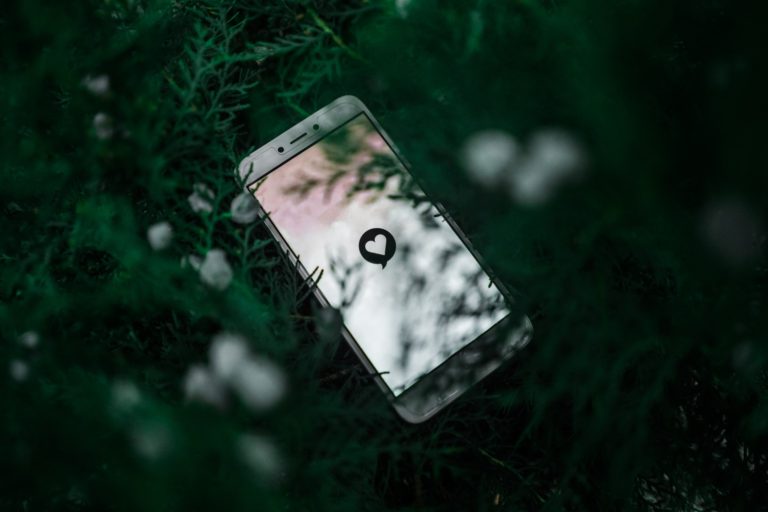With an increase in work demands, digital interfaces, and external stressors, meditation is becoming a more popular practice.
The number of people who meditate today has tripled since 2012, according to a report by CDC.
Yet, when you’re pressed for time and up against a growing list of to-dos, staying still is probably the absolute last tactic you want to try!
Even if you do make an effort to embrace your inner Buddha with deep breaths and rhythmic umms – your anxious mind probably goes into overdrive about all that you’re not addressing in the moment!
I myself, regularly put forth the effort to practice meditation, because I think it’s a great way to build focus and self-regulation. However, I understand it’s not everyone’s cup of tea.
In order to bring awareness and grounding habits into your work day for a more consistent, sustainable sense of calm while taking actions, I encourage you to try mindfulness, which is a heightened acknowledgement of your feelings, thoughts, and bodily sensations within the present moment.
I know there’s a lot on your plate right now, but if you’re thinking about it all at once, you’re going to struggle to finish any particular thing in an efficient manner.
I invite you to take part in the following three step process to enhance your focus and productivity through increased self-regulation. Before, during, and after every major task you set out to achieve, try following the prompts I’ve designed to check in with yourself.
Inquire
Write
Act
Before
What is the one thing I want to get done?
How am I feeling right now?
What do I need to let go of to be able to focus on this task?
What do I need to be successful?
How long do I think it will take me?
Identify the one main task you’re going to focus on completing and what you need to be successful.
Determine the start and end time you anticipate beginning and ending the task – not just how long you think it’ll take!
Note when you actually begin working on the task – did you start on time? Writing down your intended start and your actual start is one little external accountability to keep you focused and showing up promptly for yourself.
Sit still and close your eyes for one minute to get a sense of how your body is feeling – let go of all other thoughts/demands and focus on the present moment. This can be brief, but it’ll help indicate to your mind that you’re shifting from what you were doing to something new and you’re starting in a calm, centered place.
Set a timer for the estimated time you think it will take you to complete the task.
During
Am I ‘in flow’ or coming up against resistance?
How am I physically feeling while I work on this task?
Have any setbacks / outside interruptions came up?
Be mindful of resistant thoughts or desires to stray to something else while you work on your designated task. Rather than acting on such urges, acknowledge them and jot them down as you go to help you refocus and move past them.
Start your timer at the beginning of the task and glance at it as you work to encourage focus and raise the importance of your finite time.
Sit in an alert, upright position to stay attentive and support your body while you work.
After
Do I feel complete with the task?
How do I physically feel? Am I tense? Relieved? Happy? Frustrated?
What do I want to focus on next?
What can I do to briefly reward myself and reset before moving on to my next work sprint?
Whether you use a paper to-do list, hard-copy planner or digital project management tool, it’s always gratifying to cross off or close out the task at hand. If you didn’t finish it, make sure to write what progress you made as a way of still acknowledging your efforts!
Taking note of any insights, ideas, or struggles you had while working on the task can be beneficial too – to inform future work you do or to fill in a colleague who’s working with you on the project.
Stop what you’re doing and stand up the minute the timer goes off!
Get up and move to become present in your body and in your environment once more. Look away from your computer / phone screen.
Determine whether you want to go on to the next task or set another intentional time block to continue working on the same task.



